How to Fish a Carolina Rig for Bass: Setup, Tips & When to Use It
Share this article with every angler you know!
The Carolina rig is one of the core staples of bass fishing. Next to the Texas rig, it’s probably one of the most popular for every angler who has moved up to soft plastics and complex tactics.
However, it’s still not as well-known as the trusty Texas rig, and many of you likely haven’t used it. Especially those of you with only a year or two on the scene.
Today, we’re going to go over what the Carolina rig is, how to set it up, and of course, plenty of tips and tricks for using it effectively.
Let’s get started!
Sign up to get great bass fishing content weekly!
Newsletter Signup
Carolina Rig 101
The Carolina rig is a bottom rig that’s similar to the Texas rig, but a couple of small tweaks create major differences in the action of the bait and how it’s used.
Like the Texas rig, a free-sliding weight is put on the line first, and the bait is allowed to flutter around freely at the end.
Unlike the Texas rig, the weight is prevented from reaching the lure with a bead and swivel combo to allow a long, free-flowing leader to move the bait around freely.
This allows the lure to get dragged to the bottom quickly like a Texas rig does, but the lure moves a lot slower and more sporadically since it’s not directly guided by the heavy weight.
Essentially, this rig combines the benefits of a Texas rig and a weightless rig, as strange as that sounds. It will make more sense if we go over the setup more in-depth.
Setting Up the Carolina Rig
The Carolina rig is only a little more complicated than the standard Texas rig that you probably tied the first time you used soft plastics.
It’s very beginner-friendly, and you don’t need any gear that’s not in the average tackle box or laying around the house.
You’ll need:
Barrel weight. A little heavier than you would use on a Texas Rig. ¾ to 1 ounce is typical.
Plastic bead
Tie-on swivel
Leader material
Offset hook
A soft plastic lure
Leader material can be any extra line you have laying around, but we recommend using a thinner, less visible type of line compared to your main line.
The plastic bead can either be one of the beads made specifically for fishing and found at any tackle store, or you can use a normal crafting bead. It doesn’t matter as long as the bead isn’t big enough for the swivel or the barrel weight to pass through it.
For your soft plastic lure, we recommend starting with a worm, creature bait, or craw since they make the most sense for this rig. Everything else should already be in your tackle box if you’ve been fishing for a while.
To start, slide your barrel weight onto your line. It’s going to slide up and down the line freely. Then, slide your bead on. After you have the weight and the bead on the line, tie your swivel to the tag end.
The bead is there to keep the weight from beating up your swivel, loosening your knot, or, if you’re using a smaller swivel, sliding right over it and ruining the rig. It’s essentially a cheap stopper for the weight, and that’s why it doesn’t matter what type of bead you use as long as it gets the job done.
Now, tie your leader material onto the free end of the swivel. Use your favorite knot (we recommend a Palomar knot for its strength and ease of use) to tie your hook on and thread the lure onto it. Most leader lengths are 18”.
That’s the Carolina rig. It seems complex, looking at the instructions, but you can throw it together in under a minute once you get good at it, and it only requires three simple knots.
How the Carolina Rig Works
We touched on this briefly at the start, but a Carolina rig is a mashup of a Texas rig and a weightless setup. At least, mechanically it is.
We say this because the weighted part of the line drags the lure through the air and down to the bottom of the water fast, just like a Texas rig. It’s designed to quickly descend and then stay there.
However, because the leader is tied and separated from the weight, the action is different. The weight will drag it quickly when you bop the line around, but once that weight settles, the lure free-falls the same way it would if you chucked it weightless.
This is important to know because it’s going to impact your presentation any time you set it up.
When Do You Use a Carolina Rig?
The Carolina rig is a highly versatile bottom rig, but it’s still not something you want to toss out every time like a Texas rig or a crankbait.
First, the Carolina is only a bottom rig. It’s not something that you’re going to toss out and try to buzz back to keep it up in the column. If you’re not targeting bass along the bottom, the Carolina rig is not the right choice.
Also, there are only two seasons you want to throw it in. It performs best in late spring through early fall and sometimes in the winter. When bass tend to be slower, stick to the bottom, and are looking for slow bait fish to eat.
Using the Carolina Rig Effectively: Tips and Tricks to Catch Your PB
By this point, you should be able to put the Carolina rig together and understand how it works, but before you get out on the water and try it for yourself, we have a variety of tips and tricks to help you make the most of it and catch your personal best.
1: Drag it…Don’t hop it
One thing you’re going to have to remember is that there is a delay between the weight hitting the bottom and your lure hitting the bottom.
If you try to quickly bounce the rig around, you’re never going to give the lure time to properly drop.
This can be helpful if you’re trying to swim a lure and bop it right off the bottom like a fish pecking for crustaceans, but you have to time it all right.
After casting the rig out, let it fall on a slack line. Watch where the line hits the water, and if you see a bit twitch or your line is moving sideways, a fish has picked up the bait on the fall.
You should point the rod tip at the bait, reel up the slack line quickly, and perform a smooth sideways sweeping hookset. The hookset on this rig is much different from that on a Texas Rig or Jig.
If your sinker hits bottom, let the bait settle behind for a few seconds. Then slowly drag it approximately a foot per drag.
After dragging, let it sit for 4 to 10 seconds. Get a feeling for how long it takes for the lure to catch up. This will change depending on how long your leader is. The longer the leader is, the less responsive the lure will be, and the longer it will take to catch up.
Always pause your action to allow the lure to nearly settle before you start dragging or reeling again, and keep the slack out of your line.
2: Wait Longer Than You Think
While the Carolina rig is highly effective, there’s one major drawback. Having your lure a foot or two away from the weight makes it so you’re only going to feel that barrel weight. It’s not like fishing a weightless rig where a bass snaps it up and you instantly see the line moving.
If a bass bites your Carolina rig while it’s settled, it will have to move far enough and drag the weight a bit for you to see any action in the line, and you’re even less likely to feel vibrations in the line.
This isn’t a massive problem. If you just practice a little patience, you’ll do just fine.
Almost all bites will come during the pause. And, the bite can be very hard to feel since the line slides through the weight. So, you will need to be very attentive to your line during the pause.
Keeping a finger on the line to help with bite detection. When you feel anything different during the pause, reel in the slack, point the rod at the fish, and deliver a long, smooth sideways hookset.
Remember, hooksets are free even if there is no fish on the end of the line.
3: Use Mono
Mono is a bit of a black sheep in the modern fishing world. While it used to be pretty much the only option a few decades ago, most anglers opt for braid and fluorocarbon now.
Well, this is the perfect time to use mono for your leader with braid or flouro for your main line
You rarely want your bait to sink and settle on the bottom for long periods unless you’re imitating a craw slowly moving or something similar. One of the main points of the Carolina rig is that the bait can freely float a bit.
Well, mono floats, and if the bait and hook are light enough, your leader will cause them to hover just slightly off the floor of the lake.
This is essential. When’s the last time you saw a fish just laying on the bottom of the lake? The bass knows this, too. So, those couple of inches the lure hovers at make it look more like a suspended fish than some weird anomaly in the water.
4: Switch Up the Bead
We did say that your bead doesn’t matter much, but you can switch it up to slightly adjust the rig.
Different bead materials will create different noises as the barrel weight slams into them. Plastic, glass, wood, and even metal beads are all available, and you can take a trip to the craft store to find all kinds of shapes and sizes to mess with.
This isn’t a huge difference, but in high-pressure situations, even something as subtle as the pitch of that little “clang” can attract or scare off a bass.
5: Leader Length Matters
Usually, you’ll see a leader length recommendation of about 8 to 24 inches. That’s not a concrete requirement. You can mess around with your leader length, and you actually should.
Like we said earlier, your leader length will greatly impact the responsiveness of the lure in comparison to the weight. If it’s shorter, the lure will move closer to the same pattern as the weight.
If it’s longer, it will travel fast as you first pop the weight, and then it will slow down and flutter around a bit. If you make the leader long, the lure might only hop a few inches.
However, you don’t only have to consider how the lure is going to behave. You should also consider how the leader will affect your casting ability.
If you have a massive two-foot leader, that’s almost three feet of rig you have to cast when you consider everything above the leader.
That impacts accuracy, and it makes it more likely that you wrangle a tree limb and never get into the water.
Regardless of leader length, casting a Carolina rig is much different than casting most baits. Generally, you will want to side cast with a longer back and forward casting arc than you would normally use.
6: Mess with the Weight Size
The Carolina rig is kind of unique in the sense that you don’t have to match the barrel weight to the lure you’re using. As long as you’re not using a weight that’s too big for your rod and overloads it, you can mess with a wide variety of sizes.
The bigger the weight, the faster it will descend and the longer it will cast.
The smaller the weight, the less casting distance you get, but you gain sensitivity and get a slower drop.
Which way you want to go largely depends on the type of presentation you want to make.
7: Try a Mod
For the last tip, there is an established and tested modification to the Carolina rig. It’s called the splitshot rig, and it uses a lot fewer parts. You just snap a splitshot onto the line about a foot above your lure and hook. There’s no swivel, bead, or leader.
This works the same way as a Carolina rig, but it’s exceptionally light, and it’s great for finesse situations.
Keep in mind that this comes from the ultralight fishing world. It’s most commonly used with very small soft plastics on lighter equipment. However, if you use a bigger splitshot, you can use it on your average bass setup, too.
Things to Consider with the Carolina Rig
While the Carolina rig should be in every fisherman’s toolbox, it’s not a rig that is without its faults, and you need to be aware of those problems before you start fishing it.
In particularly rocky lake bottoms or anywhere there are twigs, your chances of getting snagged are high. So, make sure you cast with intention and precision.
You’re also going to feel a lot of feedback from the bottom if you’ve learned to check line vibrations by hand. When you first start using it, you’re going to accidentally set the hook on nothing but water a few times.
Finally, adjust your cast. You’ll have a lot more line dangling behind you than usual with this rig, and if you cut your cast short, you’re going to get a hook in your back. Be cautious, and make sure you whip it in a wide arc with plenty of room.
Try Out the Carolina Rig and Catch Your PB
At Bass Forecast, we love the Carolina rig. We use it for bass, ultralight fishing, and when we try some multi-species bottom fishing, it’s our go-to. It’s highly versatile. Rig your line up today and try it for yourself.
Additionally, if you’d like to boost your chances of landing a big bass, download the Bass Forecast fishing app.
Our app tracks real-time weather, leveraging bass industry research and proven seasonal patterns to deliver tailored forecasts, ratings, and tips.

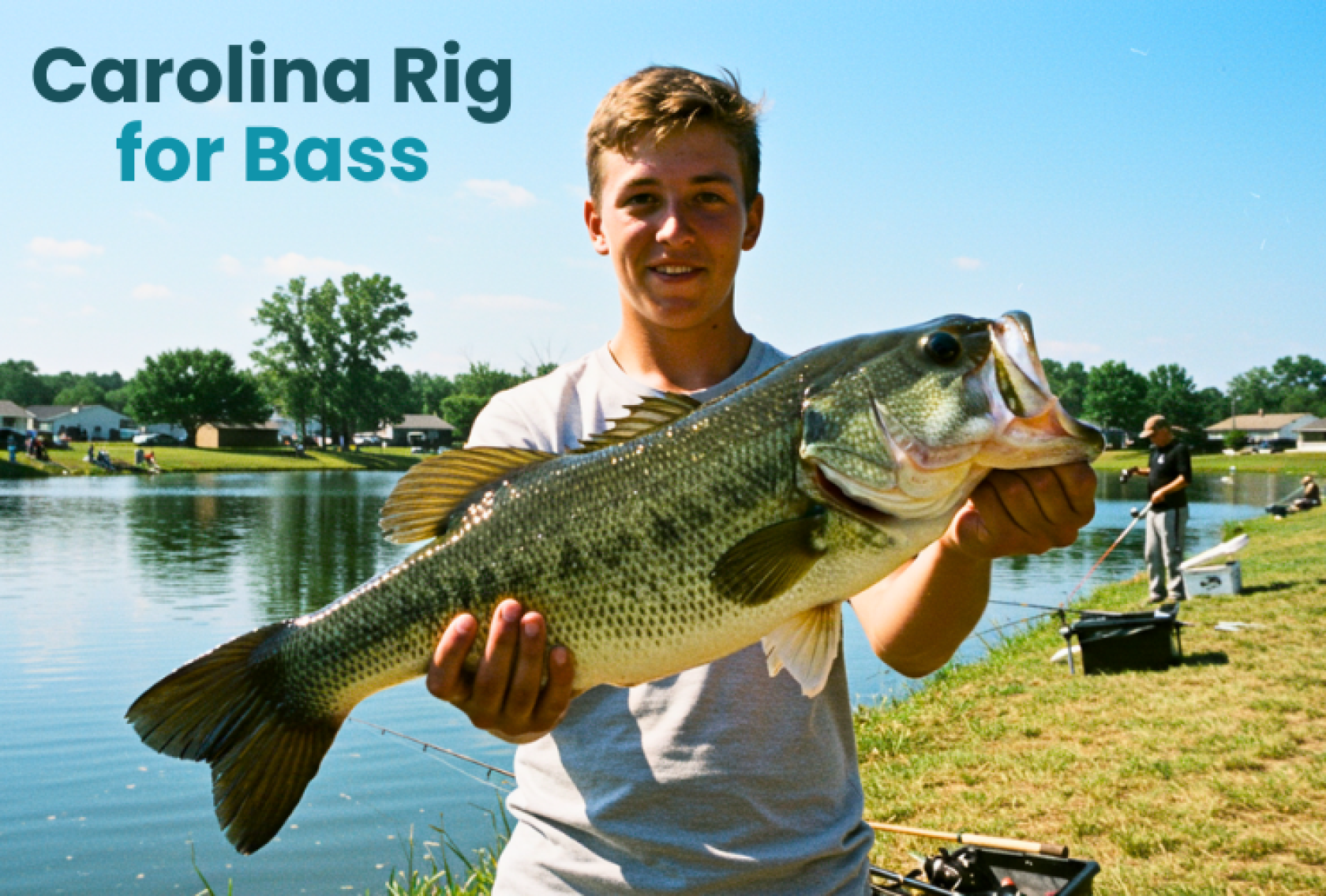



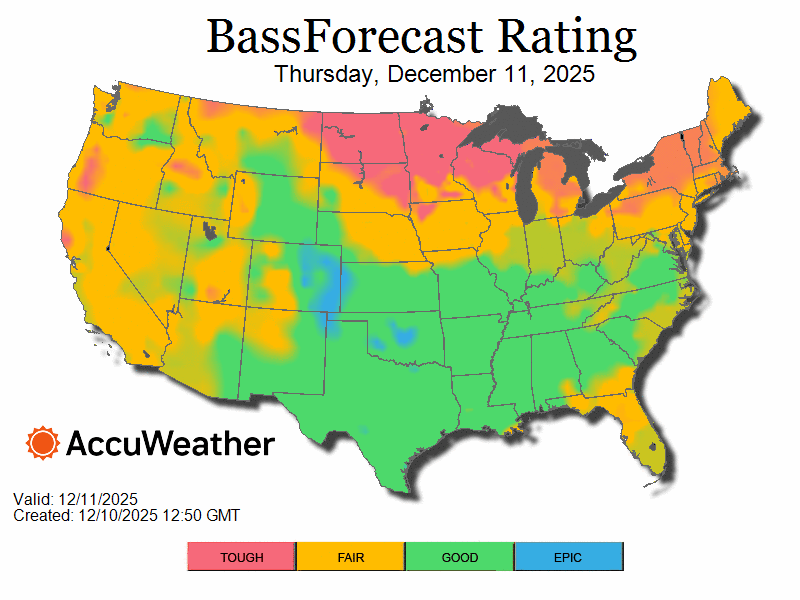
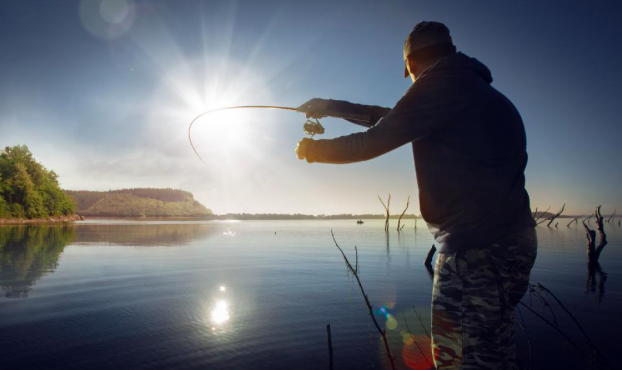
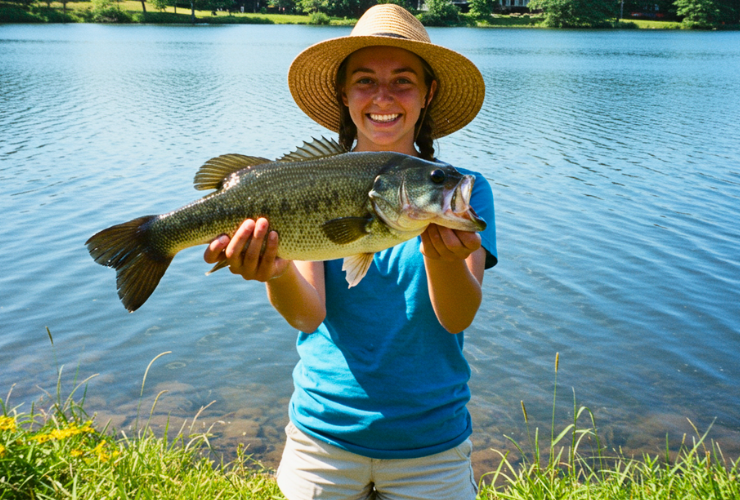
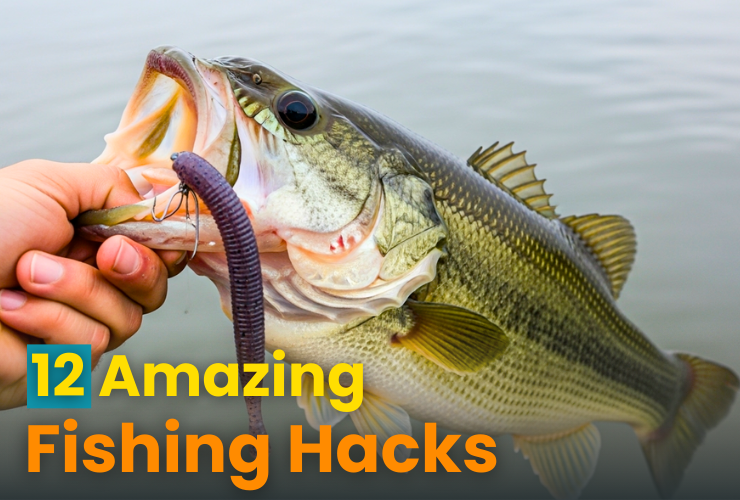
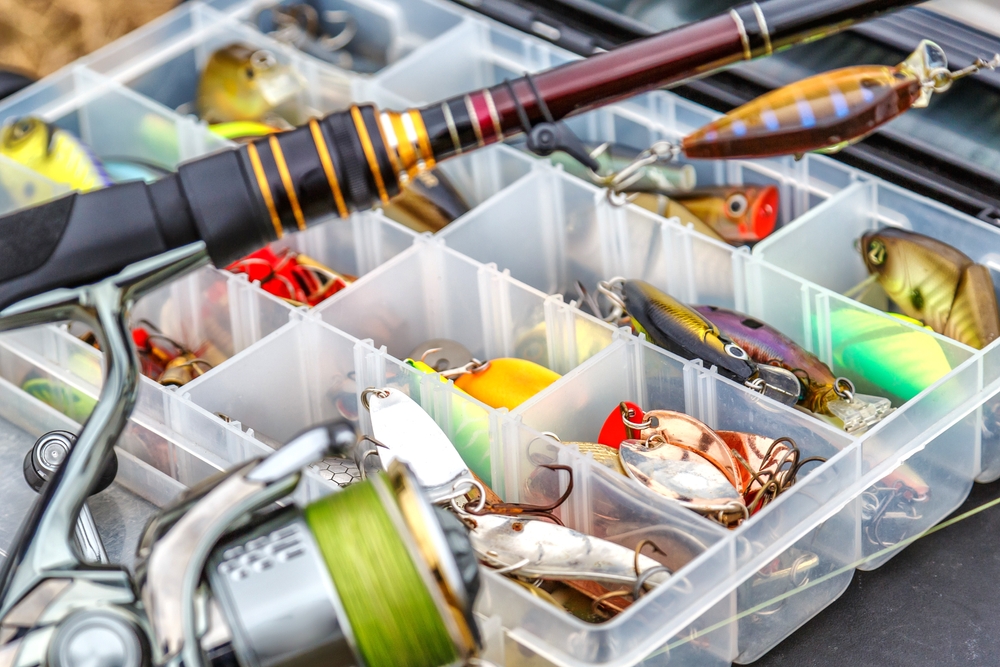
.jpg)
.png)
.png)